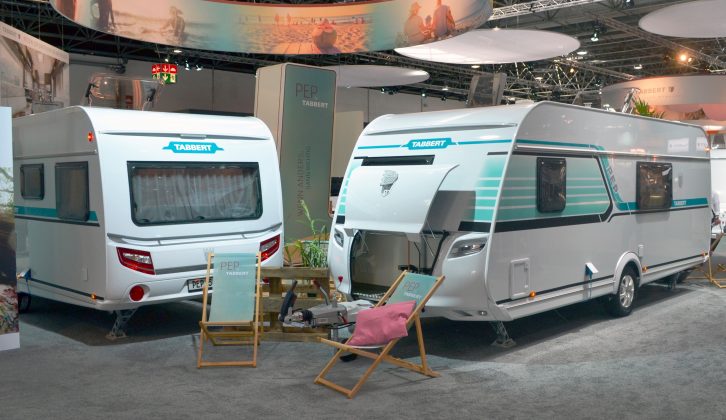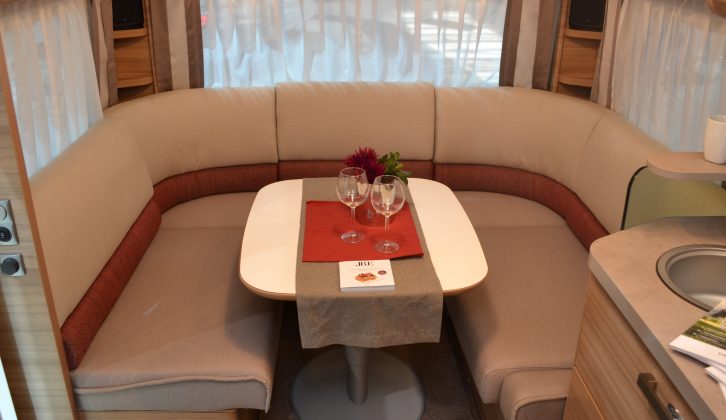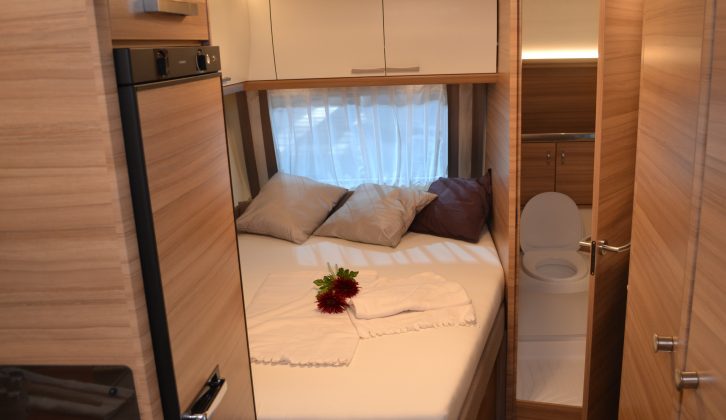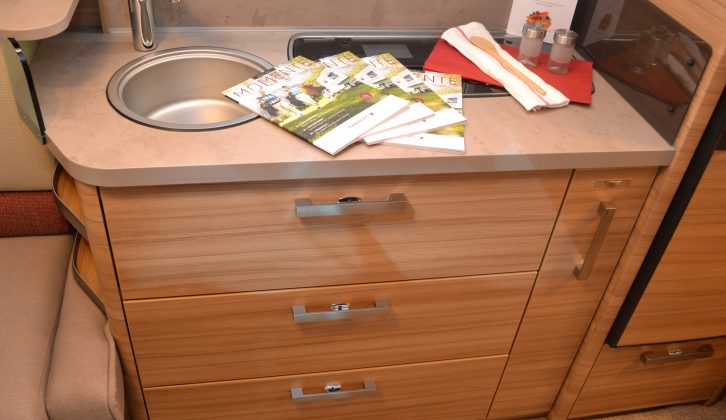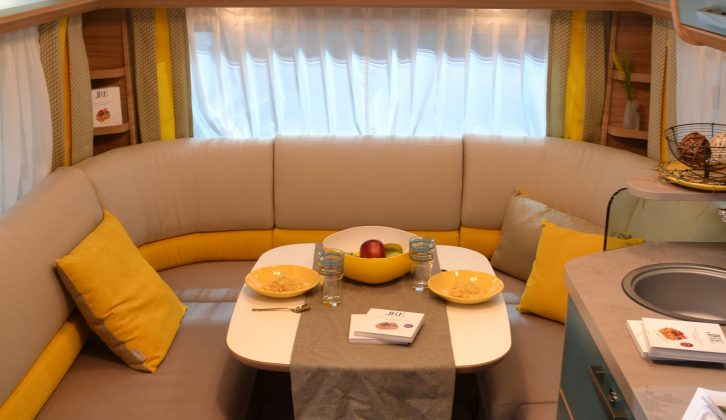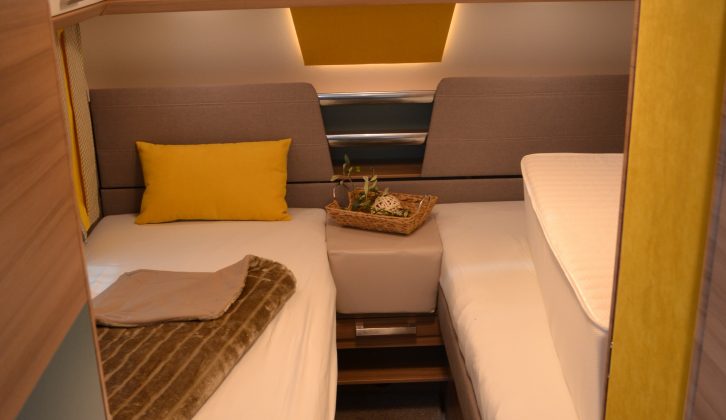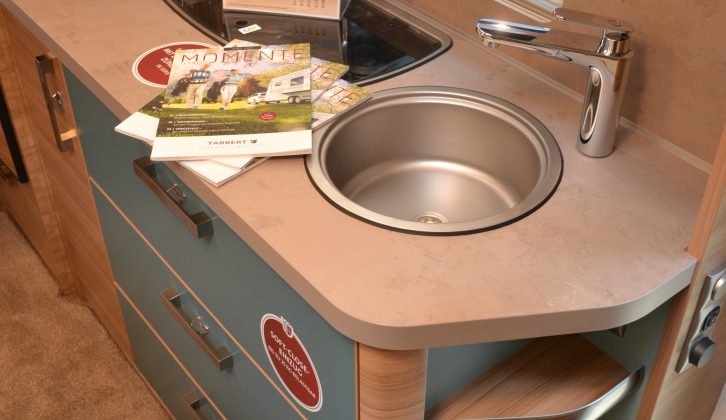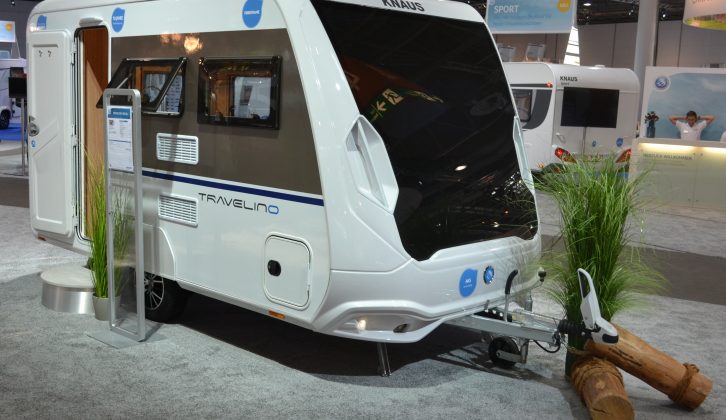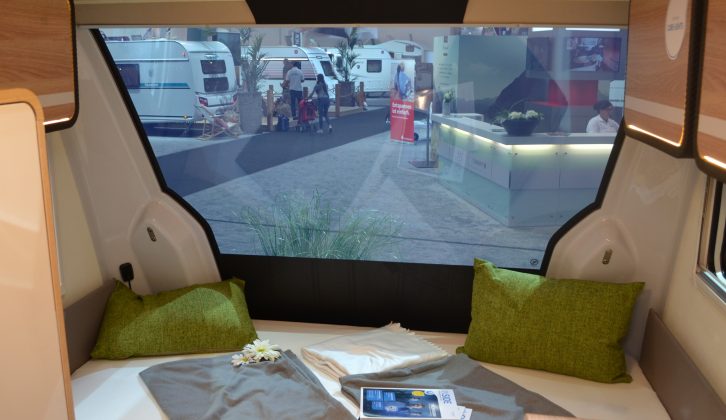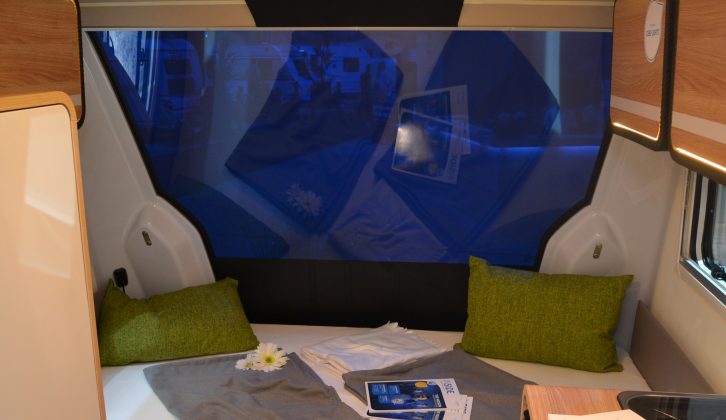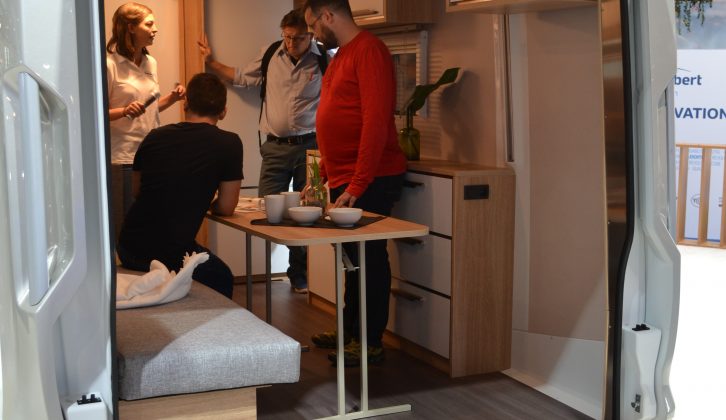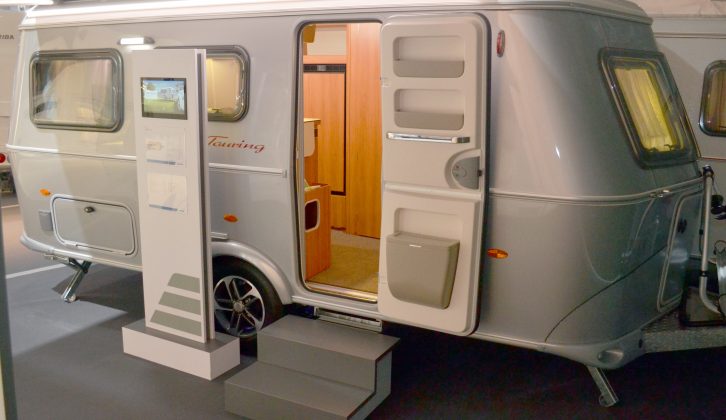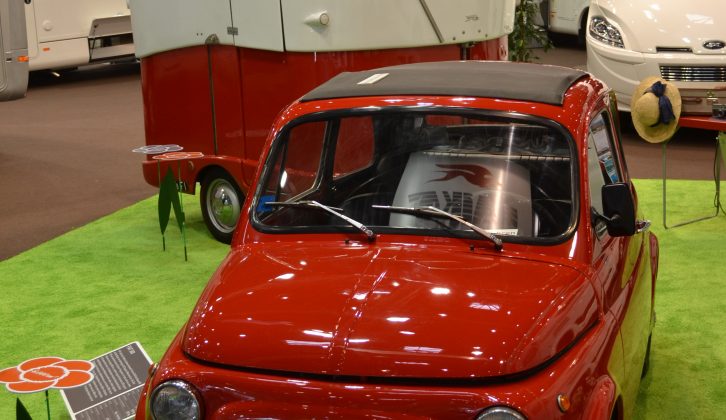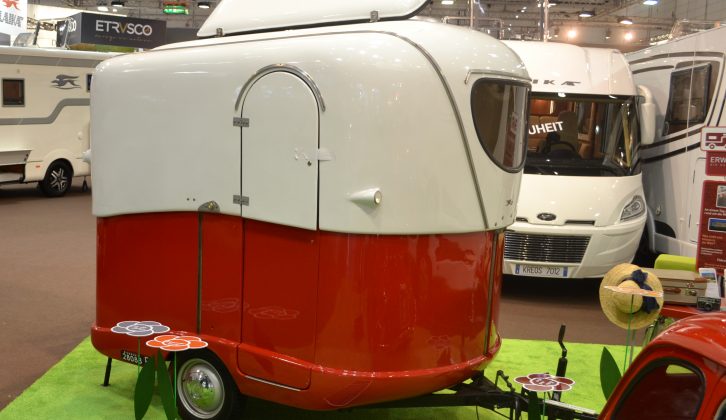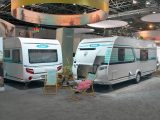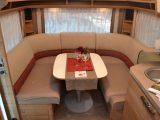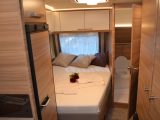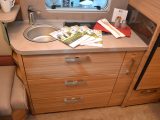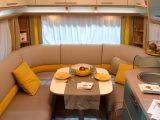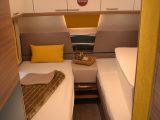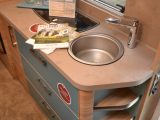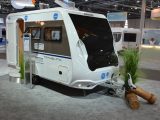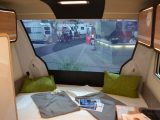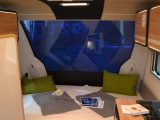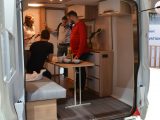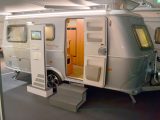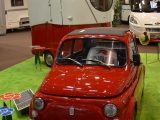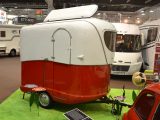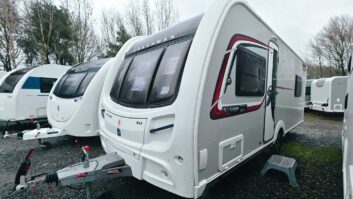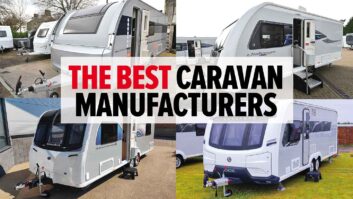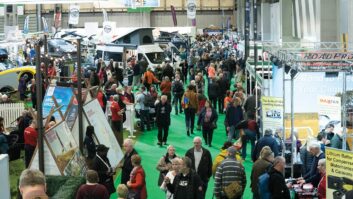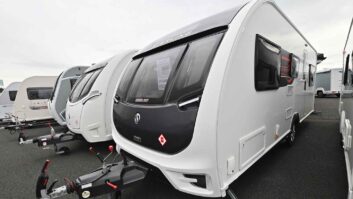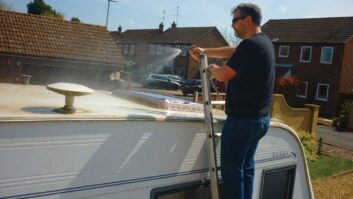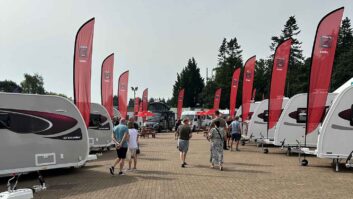Record numbers of caravanners and motorcaravanners flocked to Düsseldorf in Germany last week for the annual touring extravaganza that is the Caravan Salon.
Taking over, for the first time, 13 halls, plus outside display space, visitors to the show between 25 August and 3 September 2017 had a lot of ground to cover, with over 600 exhibitors vying for their attention.
With in excess of 232,000 visitors, around 28,500 more than last year, the show reaffirmed its status as the world’s biggest trade fair for caravans and motorhomes.
So, what was the headline news from this year’s Caravan Salon Düsseldorf?
Tabbert returns to the UK
German caravan brand Tabbert is coming back to the UK after an absence of many years and has revealed that it will initially launch its family-oriented PEP range, with a choice of three layouts.
The PEP 490 TD 2.3 and PEP 540 E 2.3 are both four-berth caravans with rear lounges.
The former is 5.32m long (internal length) with a fixed offside bed, while the latter has a 5.68m-long interior and fixed single beds.
The 5.68m-long PEP 550 DM 2.3 (again internal length), meanwhile, is a six-berth tourer with a fixed nearside bed at the front and bunks at the back.
Bright – but not light
All feature a cantilevered gas-bottle locker in the front, and come with very bright and modern interiors with plenty of primary colours.
With MTPLMs for the longer two vans of 1700kg, they could require fairly substantial tow cars, but as these caravans also have payloads of 250kg, there should be plenty of room to pack what you need for a family holiday.
The PEP 490 TD 2.3 has a MTPLM of 1500kg, but a payload of only 150kg. With 48mm thick floors and 50mm thick roofs, this trio should be suitable for all-year-round touring, too.
Prices for the UK-bound Tabbert PEP tourers are likely to start at around £23,000 OTR.
High-tech Travelino
However, these weren’t the only exciting new items on the Knaus Tabbert stand that took up most of one hall at the Düsseldorf show.
Knaus also launched a prototype Travelino that included an innovative window taking up almost all of the front panel.
Although the window doesn’t open, at the touch of a button you could change it from totally transparent to totally opaque.
The window is the result of a tie-up between Knaus and supplier Lippert Components, using dimmable glass made by US-based glass specialist Research Frontiers.
Knaus has not yet decided whether a van with such a window will go into full-scale production this season.
But part of the reason why such a window is possible is because Knaus has been working on redesigning the structure of the front of its vans, to reduce the weight and to allow for a more vertical front end.
Twin-axle Knaus Deseo
And there’s yet more from Knaus.
The German manufacturer launched a twin-axle version of its Deseo caravan, with a drop-down double bed that comes down over the rear, in front of the tailgate door that is designed to help you load motorbikes.
As for the new-season Lifestyle models, they were not quite ready – but eager customers could get a preview of what to expect from a Virtual Reality stand.
Eriba, Laika and another prototype
Elsewhere at Düsseldorf, Hymer launched a new layout in its Eriba Touring Troll range.
The Eriba Touring Troll 535 features a transverse double bed at the back, a central kitchen and washroom, and a small front lounge.
Laika also had a vintage caravan from 1964 on show. The Laika 500 was in fact the first model that the Italian manufacturer – now solely focused on motorhomes – produced.
The two-to-three-berth was made entirely of polyester and was just 3.04m long and 1.68m wide, with a MiRO of only 300kg – meaning it could be towed by a Fiat 500!
Finally, French company Green Cat Technologies unveiled its protoype SCarabane caravan.
This folds out to nearly three times its towable size and rotates to follow the sun and wind, whose power it uses to run onboard facilities.
However, it is some way from going into production.
Prices for the UK-bound Tabbert PEP tourers are likely to start at around £23,000
